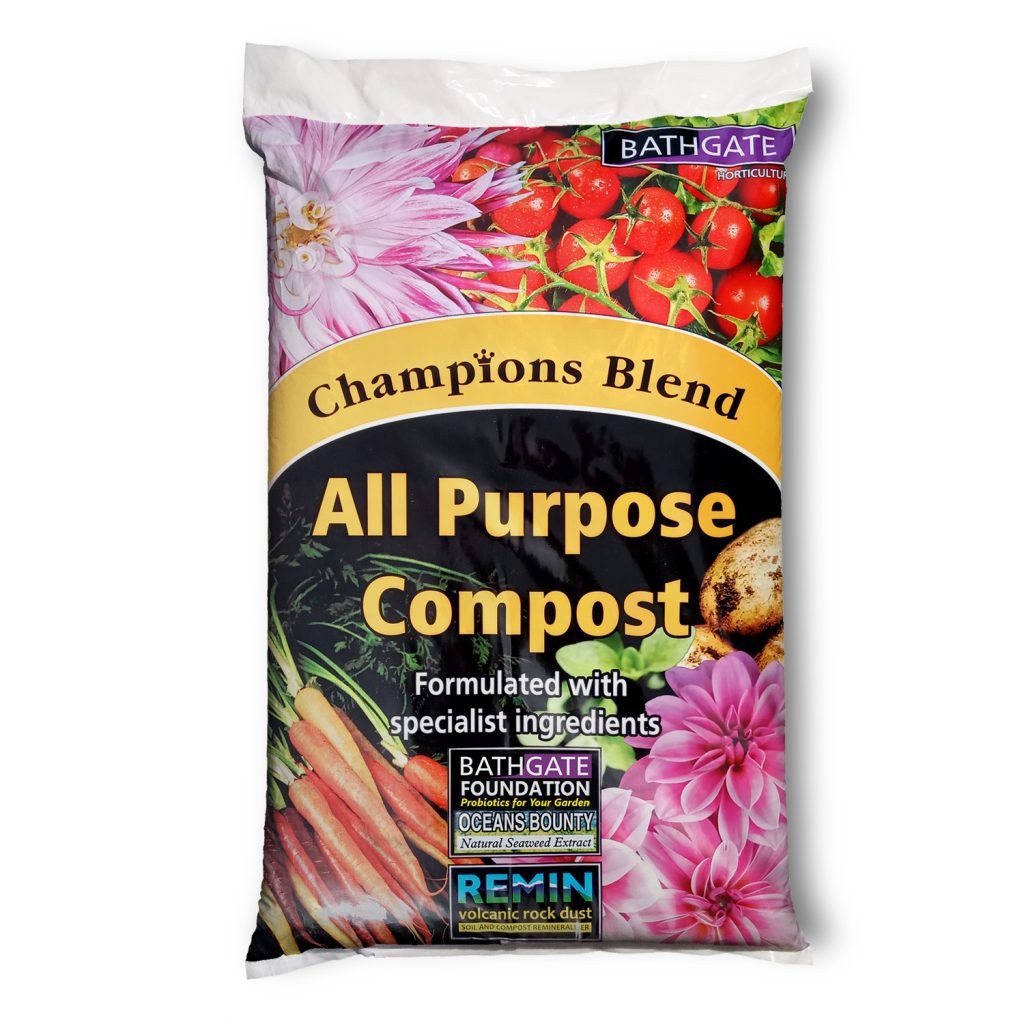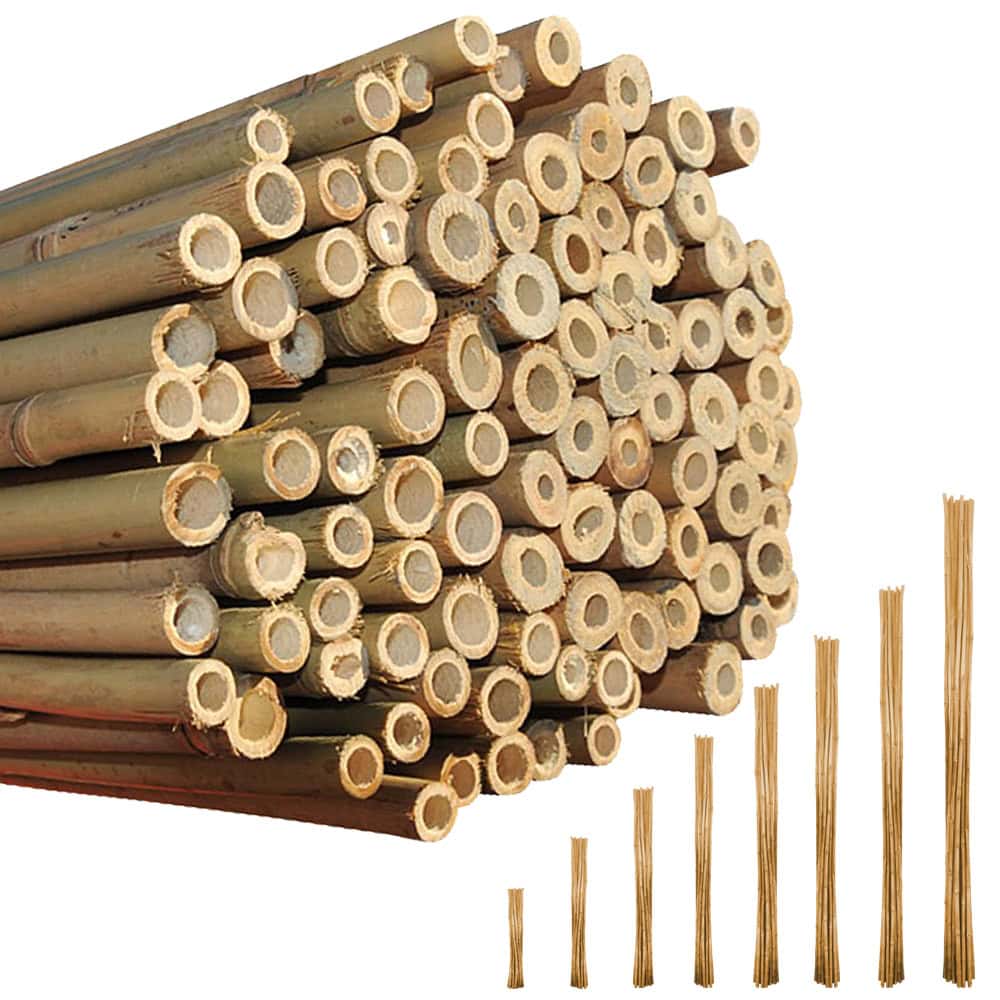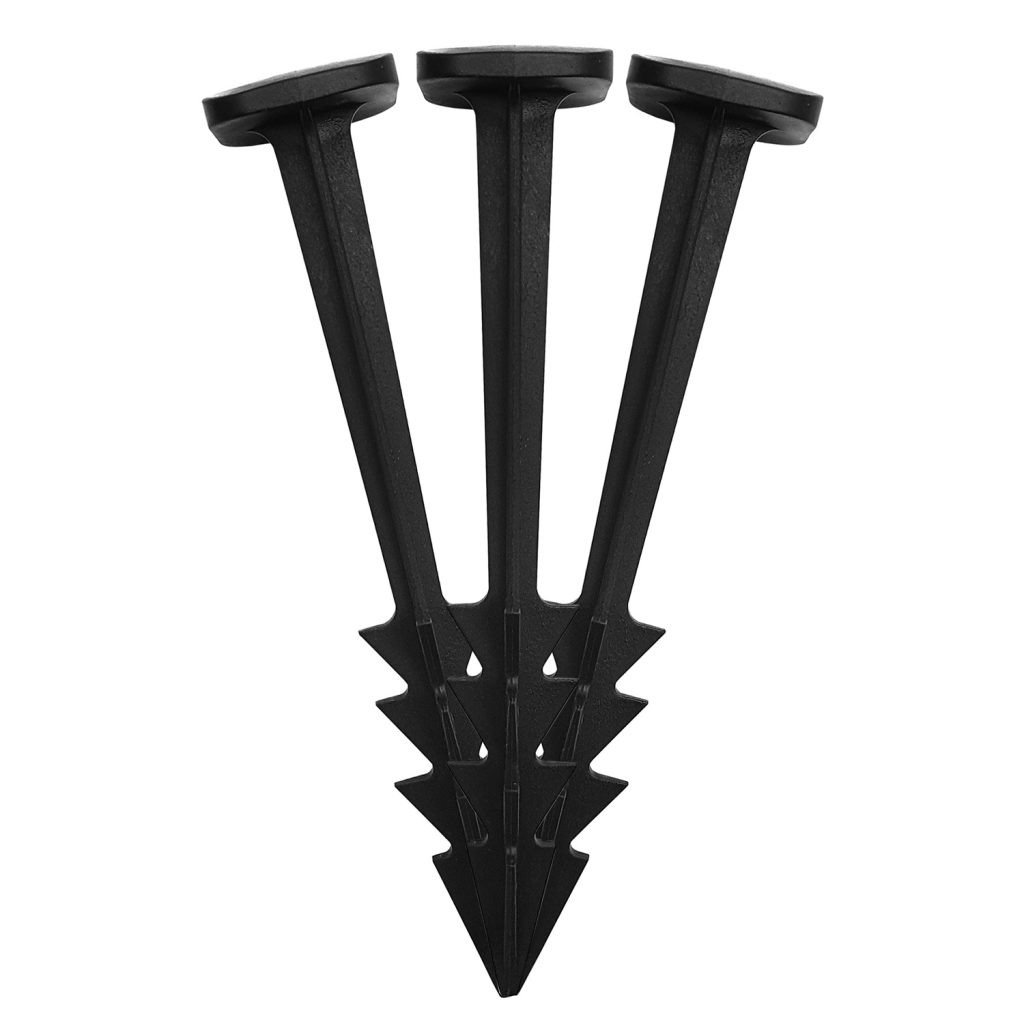Storing Produce Over Winter
I have learnt over the many years I have been gardening to expect good harvests and somewhat poorer harvests, 2024 however for me has really been a year of extremes. Exceptionally good quality soft fruits over a long period with no wasp damage! Contrasted against a non-existent crop of runner beans and sweetcorn due to late planting, prolonged cold and lack of sunshine.
Although bees and butterflies have been less visible this year, pests and diseases have really excelled themselves with virtually every crop affected by some critter or fungus and virtually everything has been eaten by the ever present slugs! It’s been very challenging but fortunately it is now time to store three of my crops to provide a supply of vegetables not only over the winter months but up to early summer next year.
Bulb Onions
Although my bulb onions have grown to a good size, they are around three weeks late, to reach the key stage of ‘neck over’ indicating that ripening is finally starting to happen. I put this solely down to a lack of sunlight through the season which has delayed the growth and development of the plant. Onion bulbs will still swell for around two weeks after the tops have ‘necked over’ after which the bulb will start to ripen and importantly the sealing of the neck tissues will take place. This ensures that the onion will store for long periods of time, bending the foliage over before the neck has sealed will affect the storage of the bulb and should not be done although many gardening books will incorrectly tell you to do it.

Once the bulb starts to ripen the foliage will start to yellow and wither and the bulb will start to become loose in the soil, at this point I cut the tops off and lift the bulbs with a fork so as to not damage the roots and importantly the point where the roots originate from known as the basal plate, as damaging this can lead to rotting of the bulb in store.
If you find the odd onion where the foliage has not fallen, leave it for a couple more weeks, but don’t delay lifting the majority of the crop as leaving them in the ground for too long may cause problems with rotting especially in wet season like this one. After lifting I lay the bulbs on there side to dry for a few days which helps to dry the roots and starts the ‘curing’ process.
After a few days, and picking a nice sunny day when the bulbs are dry, the bulbs can be turned over for a couple of hours to ensure they are fully dry before being gathered up and put into storage.
I use vented crates for storage as they can be stacked one on top of each other, and easily moved outside on sunny days and back in again at night or when rain threatens. This process continues the onion ‘curing’ which when complete results in fully dry bulbs with golden brown skins. At this point they can be stored in dry, airy conditions to suppress any mould growth and cold ideally just above freezing – with a suitable variety they can keep right through to mid-summer the following year.

Maincrop Potatoes
It has not been a great year for potatoes, blight has been a huge problem again and the lack of sunshine has resulted in small tuber sizes, but as September draws to a close it’s the ideal time to harvest and store the crop before ground conditions start to become too wet.
For any potato going into long term storage, it is essential to ensure the skins have set, this means that they cannot be removed by your fingers such as is the case in a ‘new’ potato. Setting the skins ensure they are tough and helps protect the tissues beneath from bruising and water loss. Practically the easiest way to set the skins is to chop of the tops (if they have not already died down) about ten days before you want to dig your potatoes.
Potatoes are best dug with a fork, I prefer to dig them up along the row rather than from the side as I don’t then end up spearing so many potatoes on the fork prongs! Again it is best to pick a breezy sunny day to do this as you really need to potatoes to dry in around four hours after which any attached soil can be removed really easily.
Once dried they can be stored in a paper potato sacks grading out all the green or blighted potatoes to the green waste bin and any potatoes, with slug holes or fork holes in them to a separate bag for immediate use. That way only sound disease-free potatoes go into long term storage. By storing in a cold but frost-free place, using suitable varieties with long term dormancy, and removing the growing shoots next spring which I do on a couple of occasions, it is possible to keep stored potatoes until mid -summer of the following year. Indeed, the potatoes shown here are the 2023 crop which stored until the 16th August 2024. I will be pleased and very happy if the 2024 crop are as good – fingers crossed.
And finally, Marrows
Marrows are one of the easiest crops to grow and a very welcome winter vegetable keeping to the following January / February if stored dry, cool and frost free.
The starting point is selecting fruit which have started to ripen, these are easy to spot on stripy marrows as instead of being white/silver with green stripes they will be starting to turn yellow with green stripes.
I simply cut or break them off the plant leaving a small length of stalk attached, this helps to seal the marrow against entry of bacteria and fungi which can cause decay. I then wash the whole marrow to remove any mud and fungal spores and dry them for a few hours in the sun before crating up into ventilated crates – its that simple.
Happy harvesting!


Chris Jones
Based in Shropshire Chris has many years experience both in growing projects of his own and passing on his expert outdoor knowledge to others through growing and gardening societies. Keep an eye on our blog posts and newsletters for his seasonal articles to keep you well informed on all things outdoors.
Check out our products...
About Elixir Gardens
For over 30 years Elixir Garden Supplies have been providing gardeners with all the essentials they need to achieve growing.
Our online store makes sure that all our customers have access to the information they need to make the right decisions when choosing the products they need for their gardens. We know from experience that gardening means many different things to our customers. Whether you have a balcony, patio, lawn or allotment, Elixir Gardens are proud to supply both amateur and professional gardeners alike.
We regularly use our many years of experience to developed our exclusive formulations in specialist fertilisers. Many of these have stood the test of time and have become firm favourites with amateurs and professionals alike. In fact our knowledge of fertilisers, feeds and garden care is well known within gardening circles. But don’t just take our word for it, why not check out the thousands of fantastic reviews on Trust Pilot.









